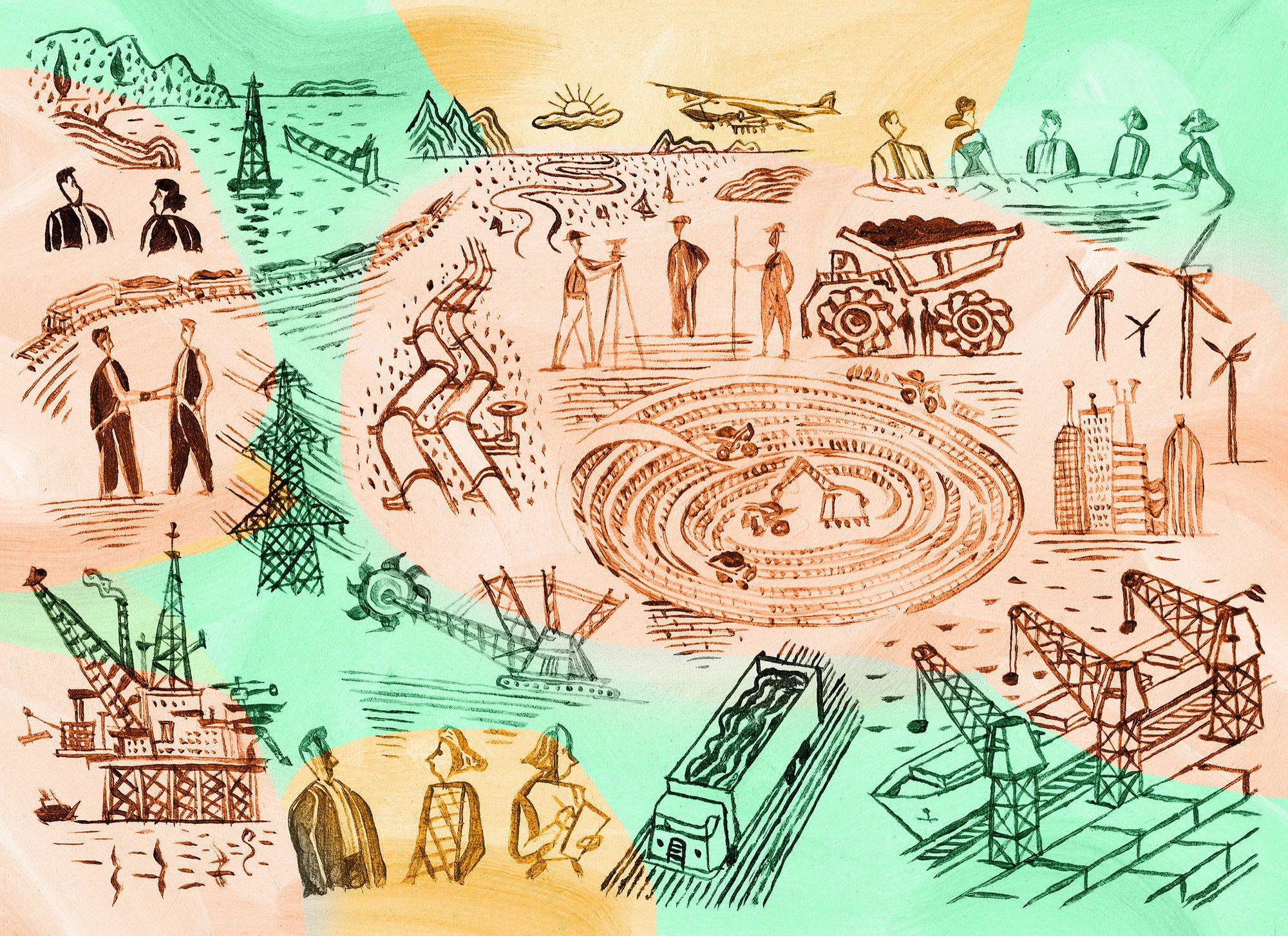Andalusia is a growing player in the European mining sector, with the potential to become a frontrunner in environmentally sustainable mining and to reduce its income and employment gap with the rest of Spain. Andalusia is the southernmost region of Spain, with the largest population and second-largest land area in the country. It is the lead mining region in Spain (38.6% of mining production), the second-largest copper producer in Europe and a leader in marble and cement production. The region’s location in the Iberian Pyrite Belt (IPB), encompassing Seville and Huelva through to Southern Portugal, represents a global asset when it comes to metallic minerals. Within the region, Huelva is the main mining (TL3) region, carrying out 70% of the region’s metallic mining.
Andalusia’s mining value chain can assist the EU in meeting its climate goals by 2050 while unlocking new business opportunities to create high-value-added jobs in the region. Andalusia hosts companies and activities at almost every stage of the mining value chain, from extractive to processing activities as well as technology and services providers. It benefits from two distinct mining subsectors, each with an extended supply chain. The metallic mining sector (copper and zinc) accounts for most of the regional mining production and is largely made up of large foreign-based companies. The non-metallic sector (ornamental rocks, aggregates and industrial minerals), by contrast, is highly dispersed across the territory and composed mainly of small-sized businesses.
Andalusia has a number of local assets that can help the region become a frontrunner in environmentally sustainable mining and open up new growth opportunities. These assets include attractive geology, a strategic geographic location among EU and non-EU markets (North Africa and Latin America), good infrastructure (reliable energy and sound transport infrastructure) and proximity of mines to urban centres that facilitate access to services and labour force. Furthermore, the region enjoys a mining identity with a young workforce that offers community support for mining ventures.
However, the region must overcome a number of existing bottlenecks in its mining value chain to fully leverage these assets and, in turn, boost productivity and reduce income and employment gaps with the rest of Spain. These include a low innovation intensity in the mining value chain, with insufficient linkages among types of firms and universities as well as a relatively low educational attainment of the labour force. In addition, a high share of the business in the mining ecosystem and its related industries are small- and medium-sized enterprises (SMEs) and entrepreneurs located in low-value-added activities. Furthermore, the region relies on a complex and unpredictable administrative process for mining based on outdated national regulation.
Addressing these challenges and mobilising assets will be vital to fully capitalise on the increasing global demand for minerals and the greater strategic European support for reliable access to sustainable raw materials. In particular, the EU Green Deal represents opportunities for Andalusia to become a frontrunner in resource circularity and environmentally sustainable mining. The national government can help attain these goals through a national mining (or mineral) strategy that unlocks synergies among regional mining clusters, whilst enabling the benefits to accrue to local communities. Furthermore, the new mining strategy of Andalusia is a unique opportunity to establish a clear and long-term vision for mining activities in the region and to strengthen the co‑ordination with other regional policies and international actors to attract investment and unlock innovative business opportunities.
